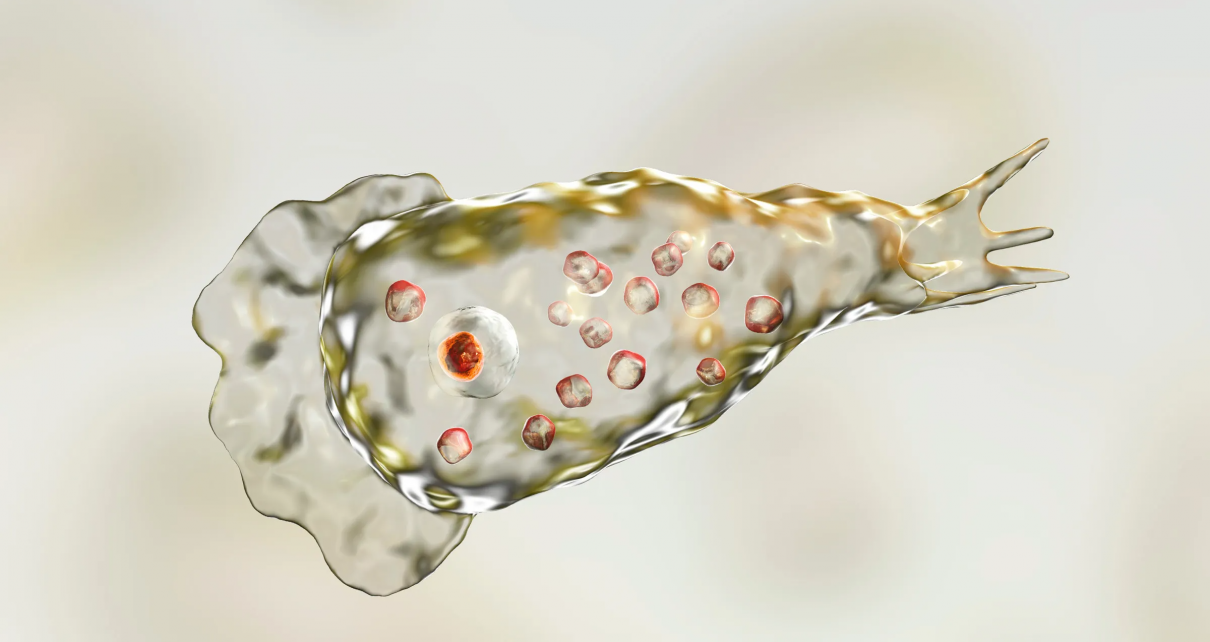
A Boy Dies After Being Exposed to a Brain-Eating Amoeba at Lake Mead
By TheNevadaGlobeStaff, October 20, 2022 9:47 pm
A Boy Dies After Being Exposed to a Brain-Eating Amoeba at Lake Mead
NEVADA – A Nevada boy died after visiting Lake Mead and contracting a brain-eating amoeba. Southern Nevada Health District: He was presumably exposed near the Hoover Dam in Arizona and developed symptoms a week later (SNHD).
Fermin Leguen, the district health officer, expressed his sorrow and assured the public. This sickness is extremely rare, but I know it provides no comfort to his family and friends.
Naegleria fowleri is freshwater brain-eating amoebae. They enter through the nose and kill brain tissue, causing primary amebic meningoencephalitis (PAM).
Headache, fever, nausea, and vomiting occur five days after exposure. Stiff neck, confusion, inattention, seizures, hallucinations, and coma are subsequent symptoms. Symptoms frequently cause death within 5 days. Naegleria fowleri cannot cause infection if eaten because stomach acid kills the amoeba, according to the CDC (CDC).
Rare, deadly PAM. From 1962 through 2021, only four of 154 infected Americans survived, a fatality rate of 97%. The CDC says most illnesses occur in boys aged 14 and younger because they are more prone to plunge into the water and dig in the sediment.
PAM has no cure, but treatments include antifungals and antibiotics, though “none work very well by themselves,” a University of Georgia infectious disease expert said last year. If we had more knowledge, better support, and more people working on this, we could develop better diagnostics and therapies in a reasonable period and avoid these disastrous effects.
Climate change could increase PAM instances because these organisms flourish in warmer waters, according to the CDC. In 2019, CDC medical epidemiologist Jennifer Cope noted, “we haven’t noticed any statistically significant trends of growing numbers.” The geographic distribution is going north.
Nevada’s case is the third deadly infection this year. A youngster drowned in Nebraska’s Elkhorn River in August. A Missouri guy caught the disease in July in southern Iowa.
“The bacteria live naturally and often in the environment, but sickness is exceedingly rare,” Maria Said said, according to CNN’s Elizabeth Wolfe. Users of warm fresh water should always assume a risk.
Credits: smithsonianmag.com
Copyright 2022 775 Times, NV Globe. All rights reserved.
- Colorado River Discussions Delayed as Lombardo Requests January Meeting - December 15, 2025
- GOLDEN STATE EXODUS: Valero Burns $1B Just to Get Out of California - December 15, 2025
- Henderson Police Shoot Suspect Accused in Attempted Kidnapping - December 15, 2025




